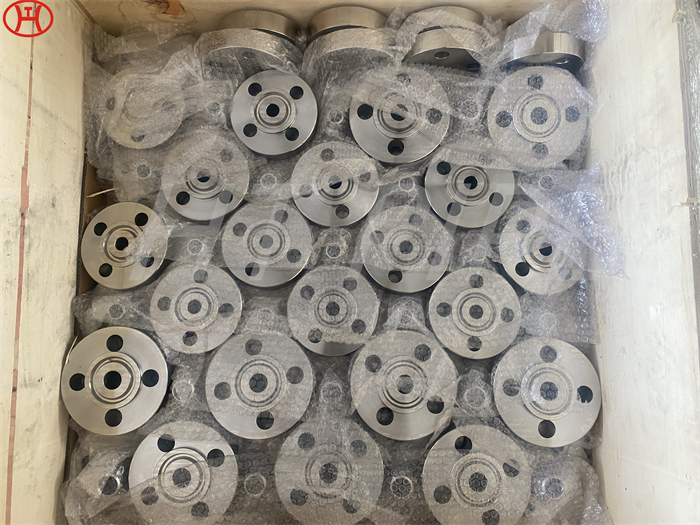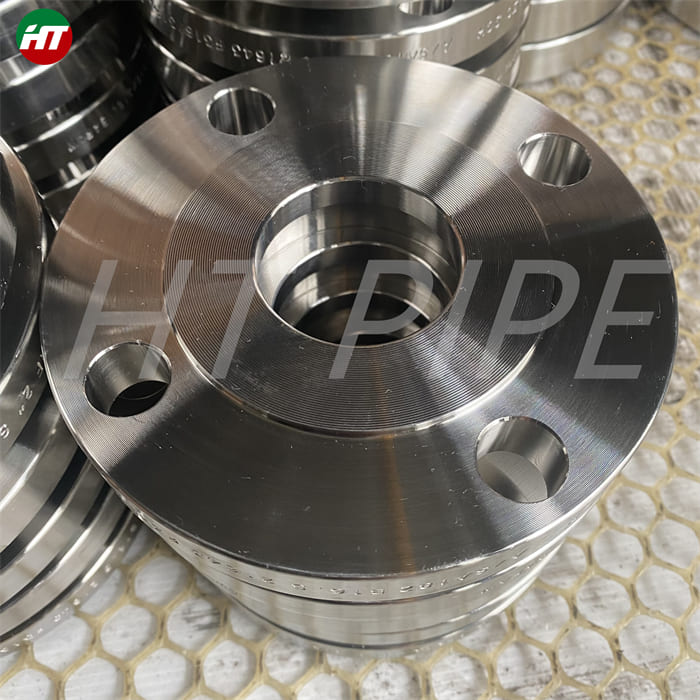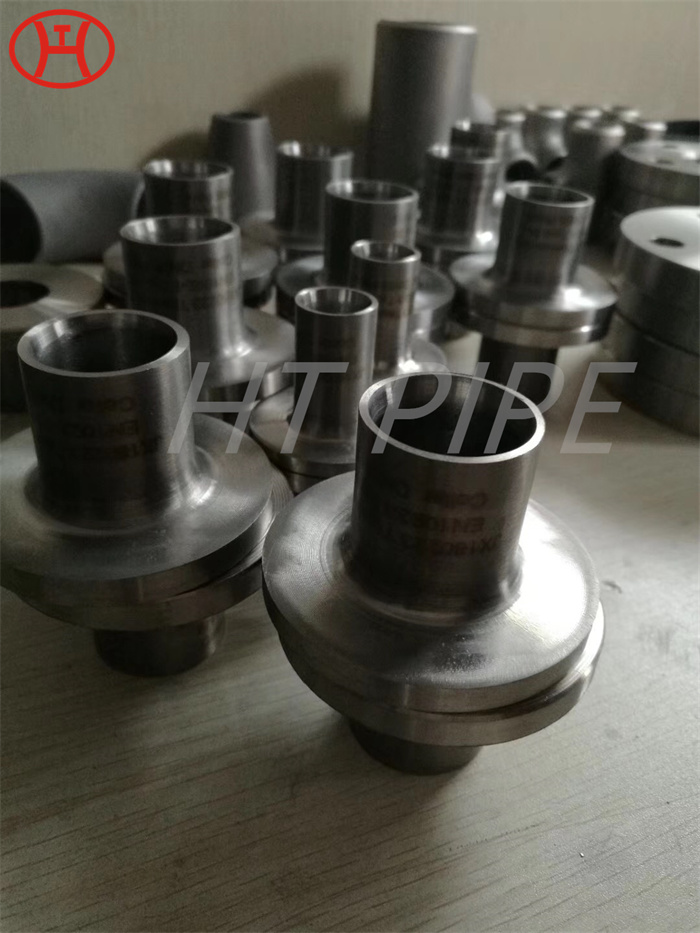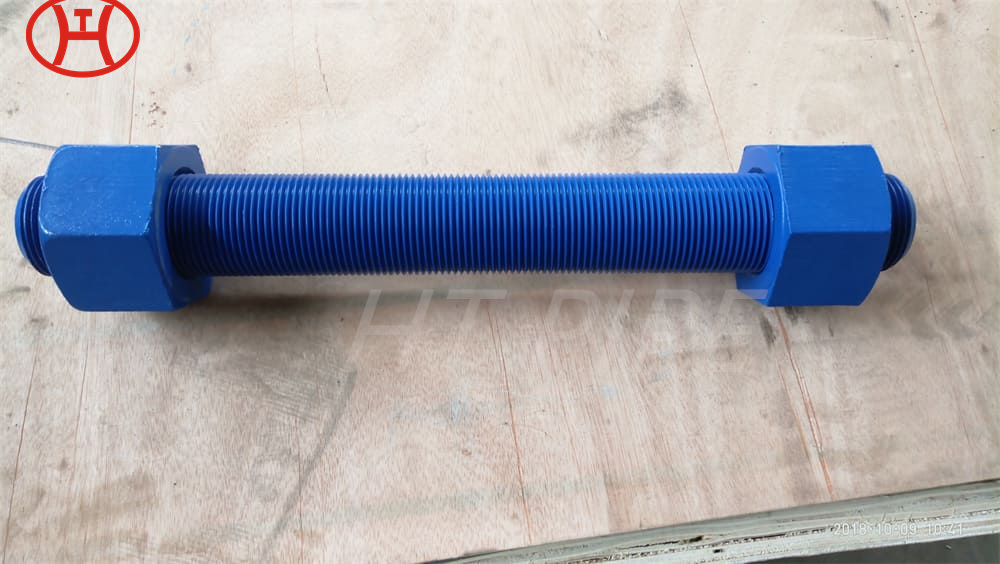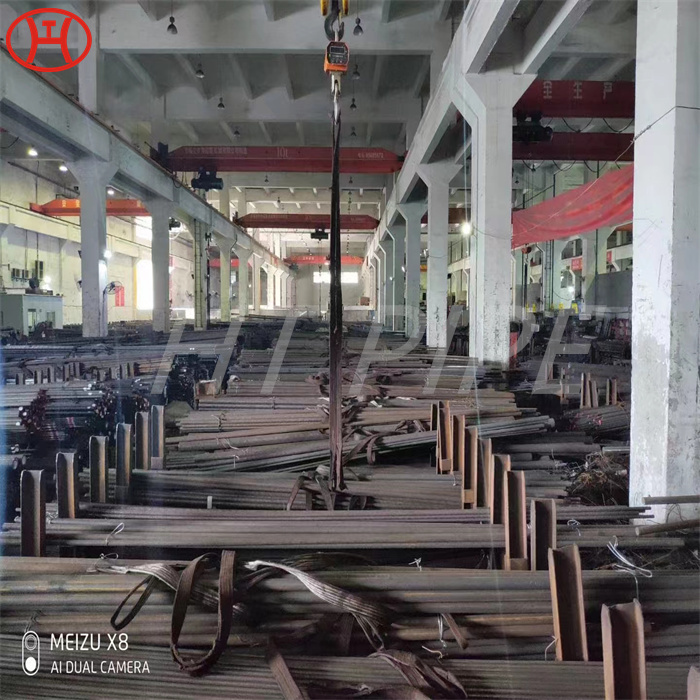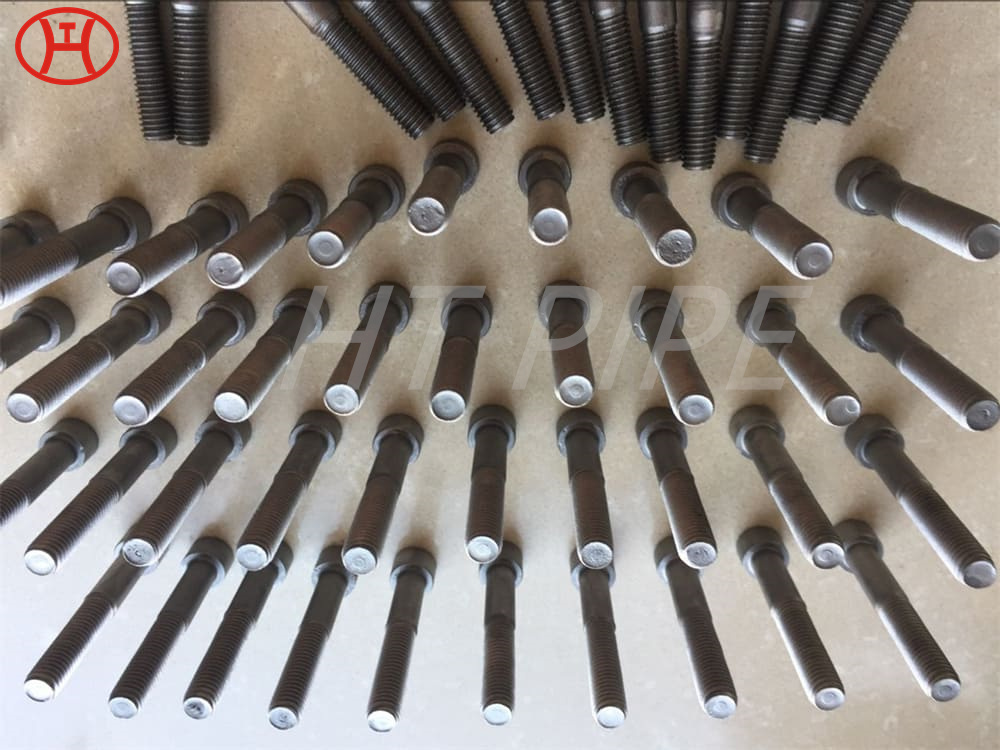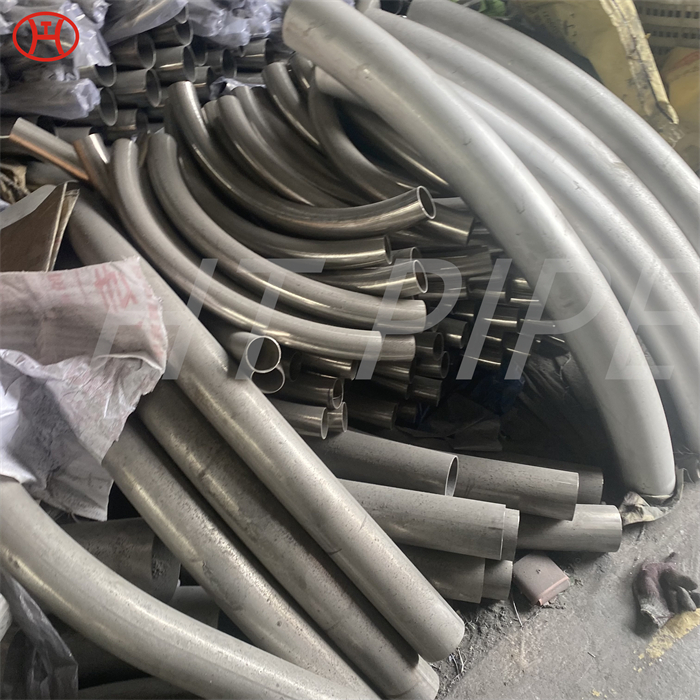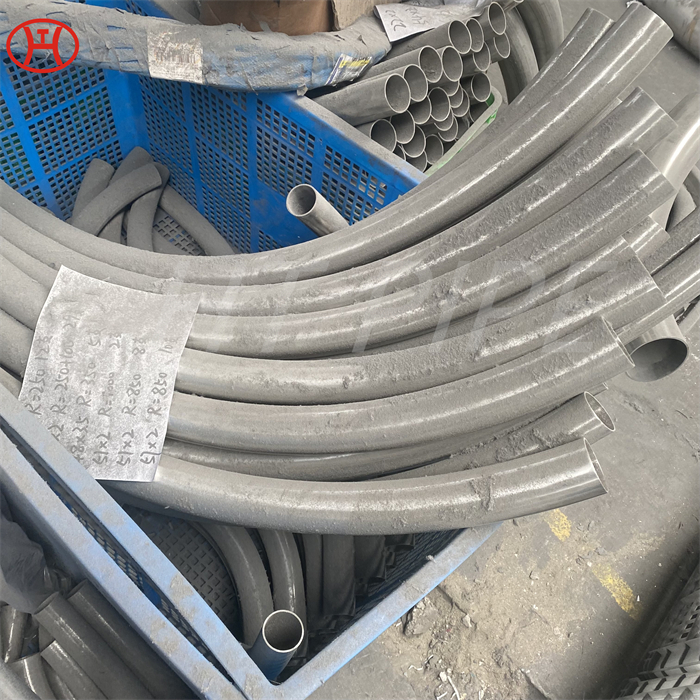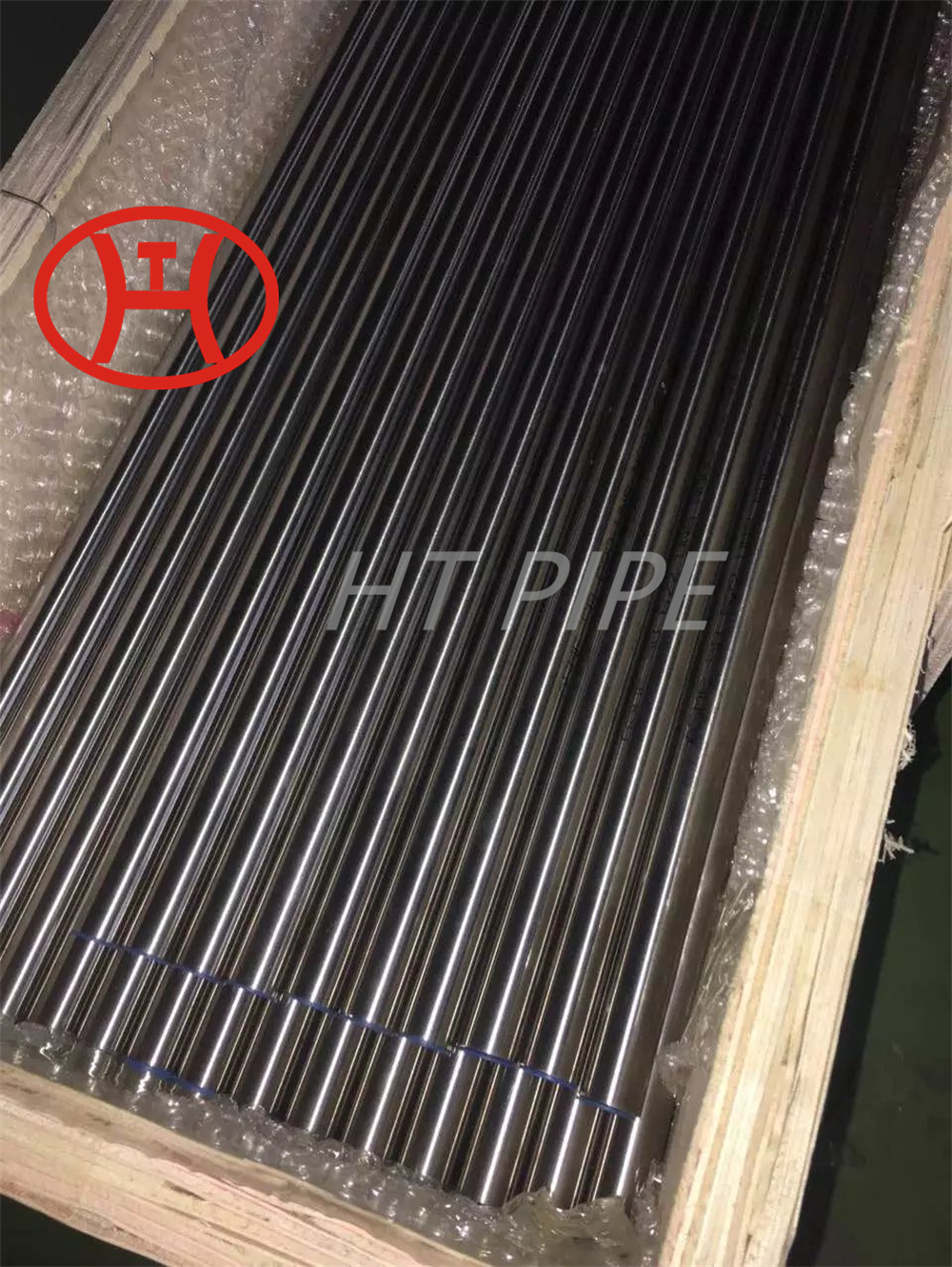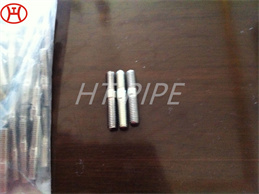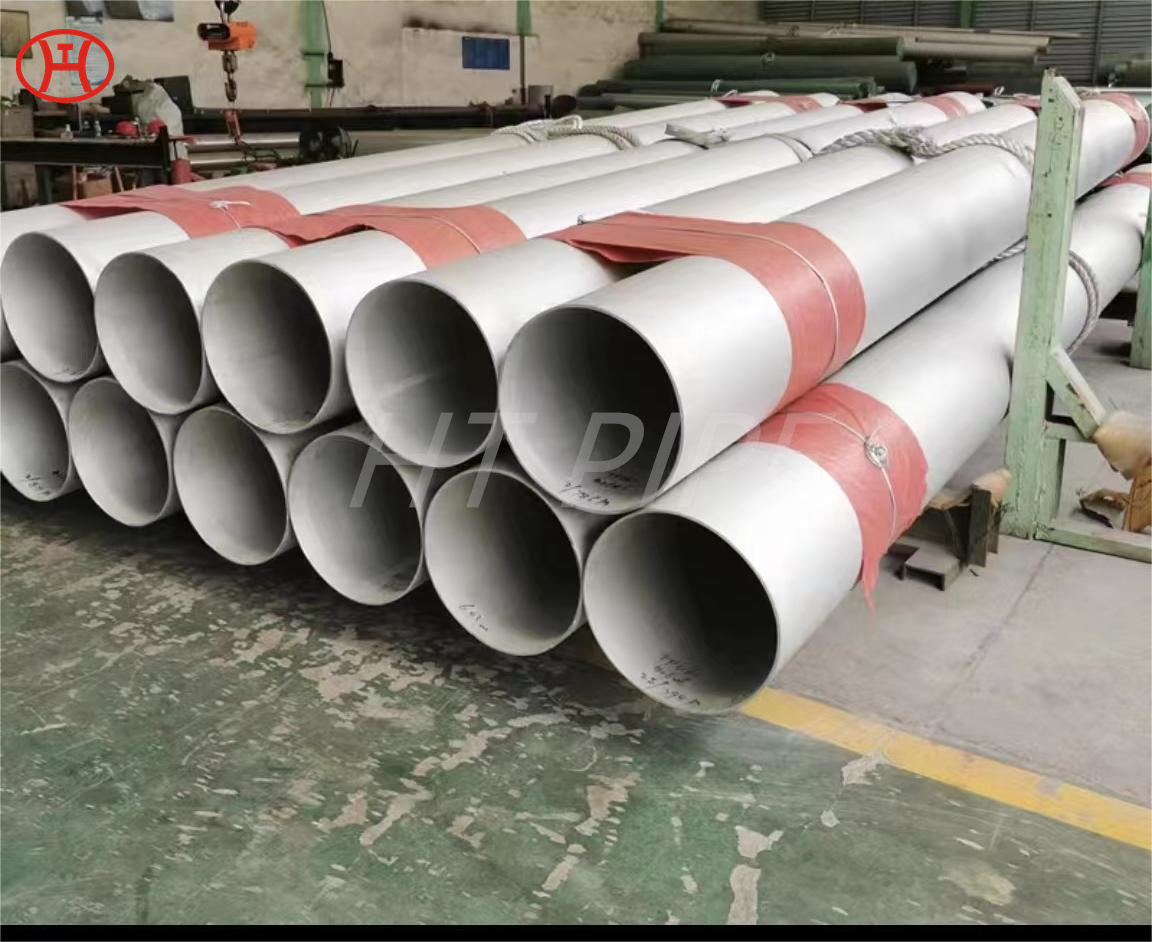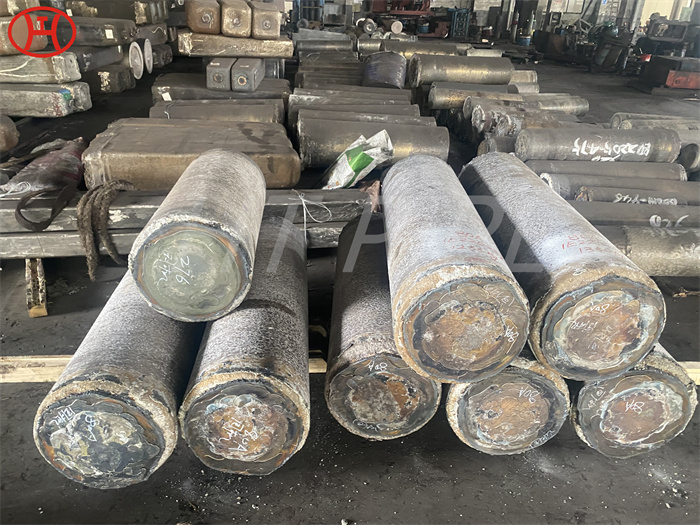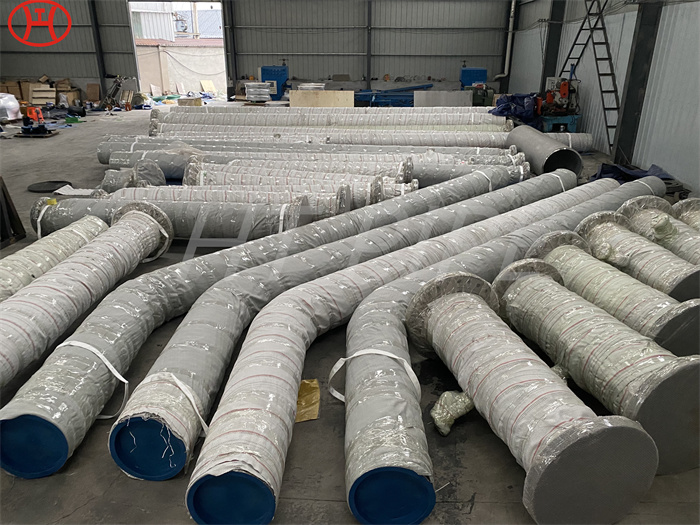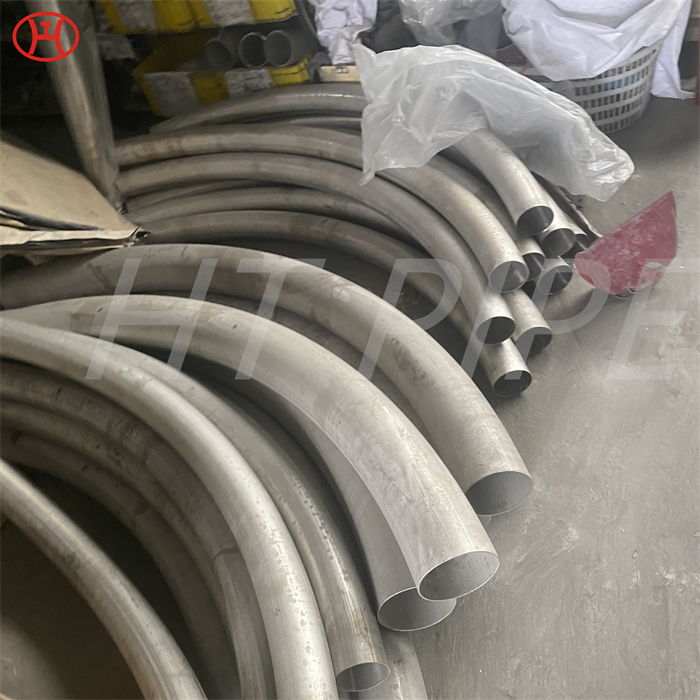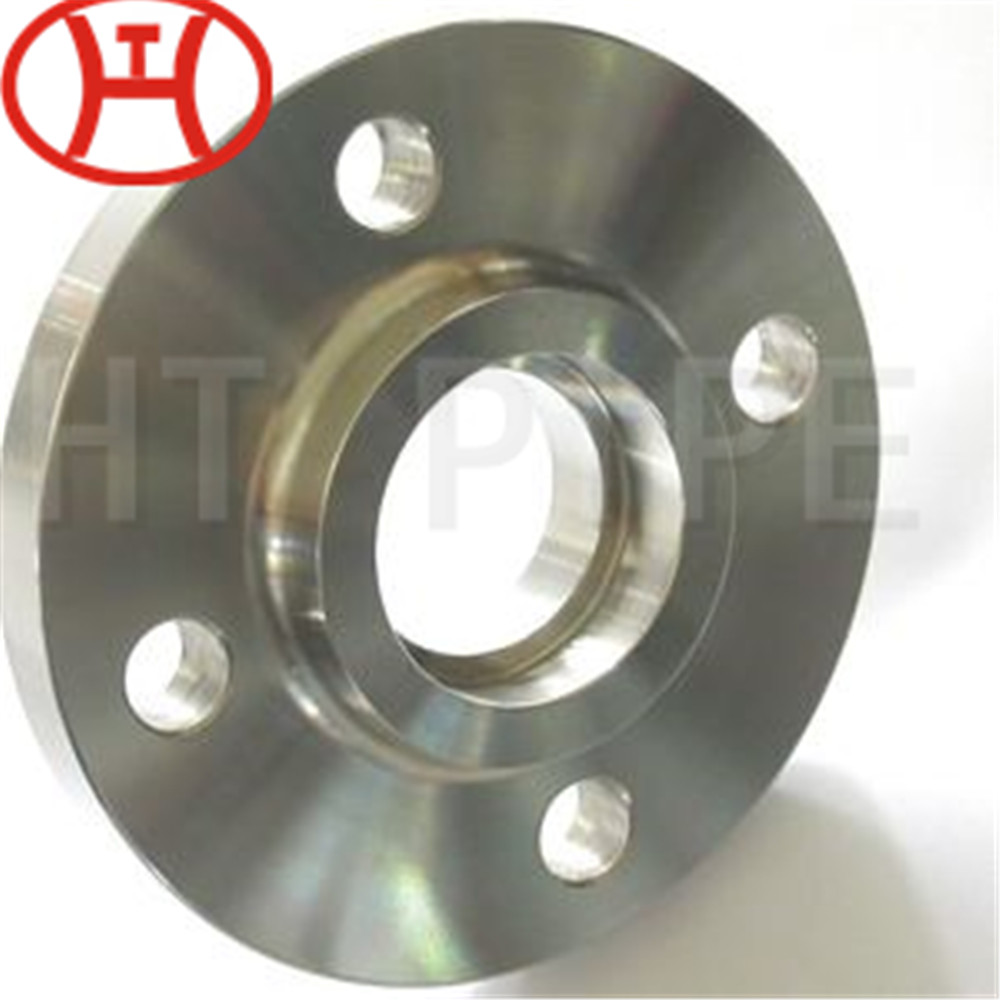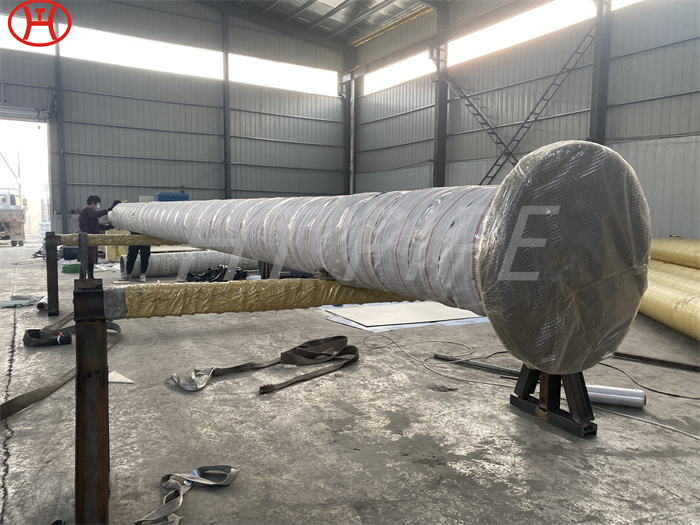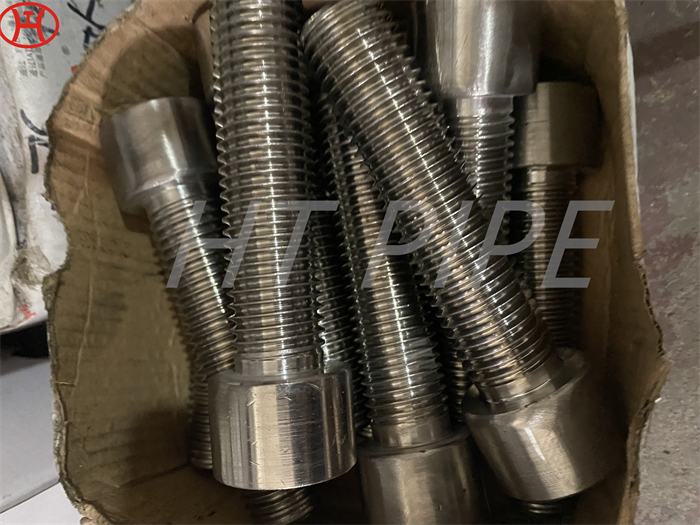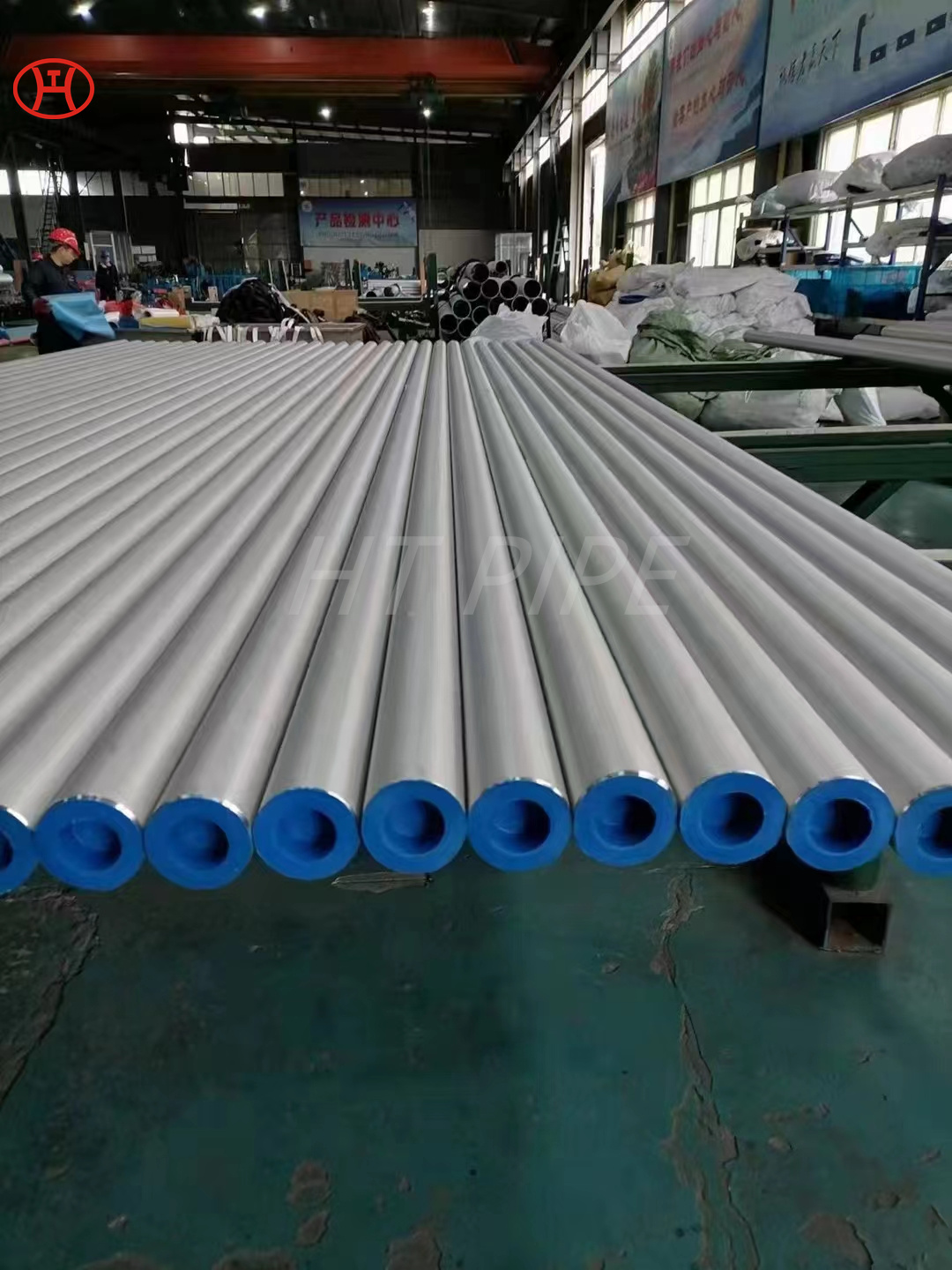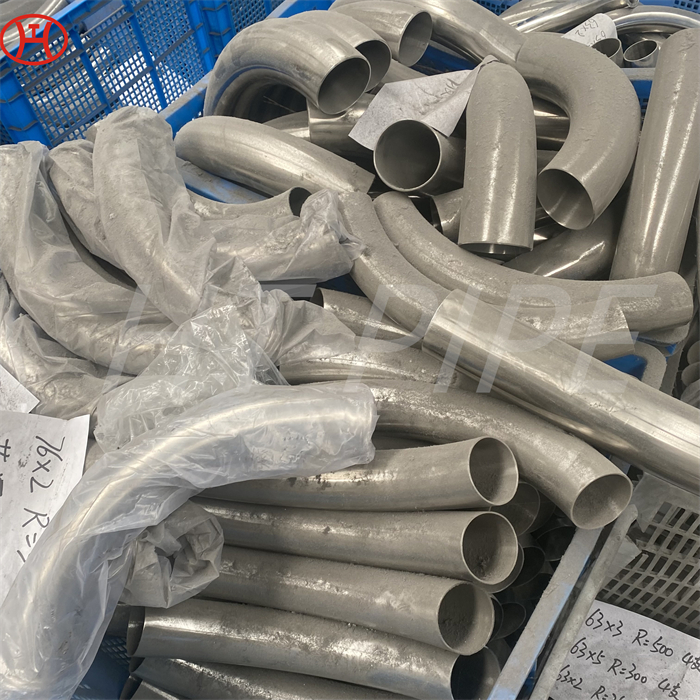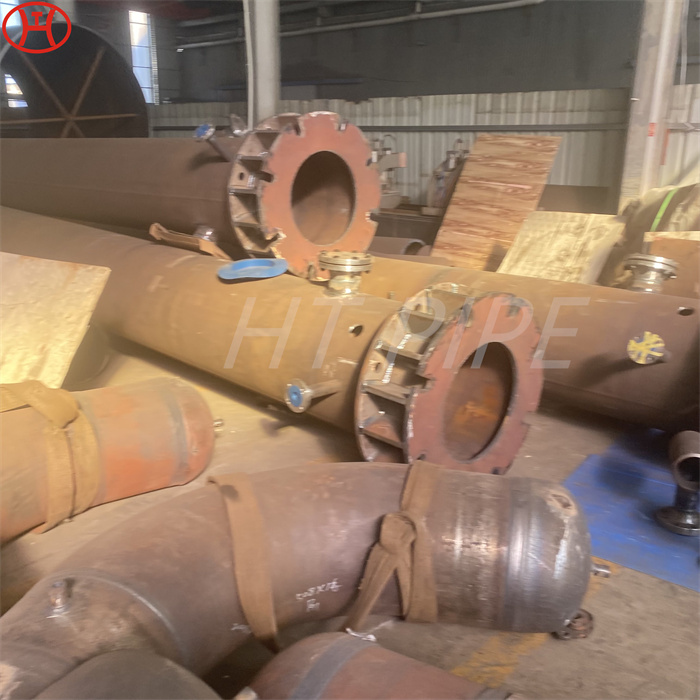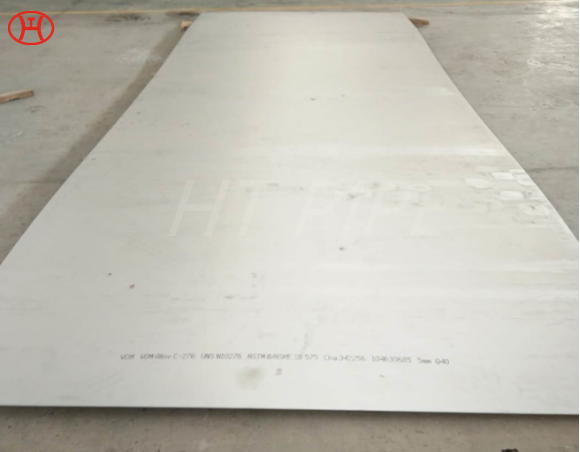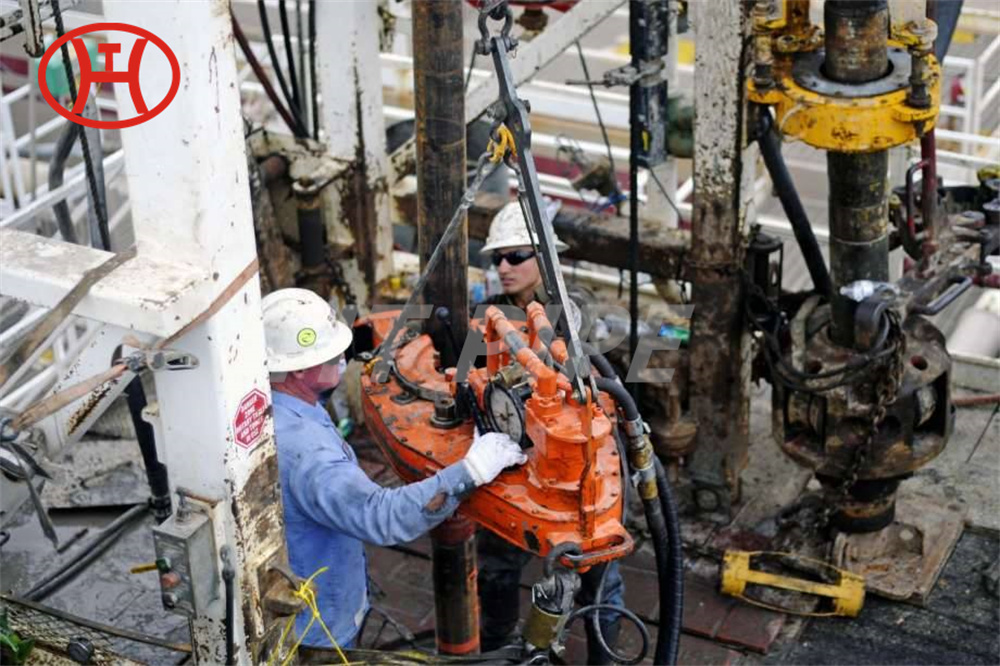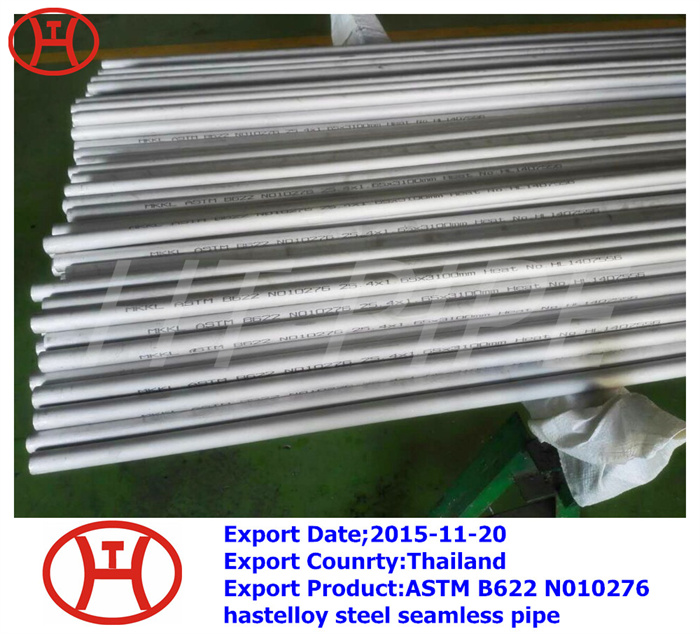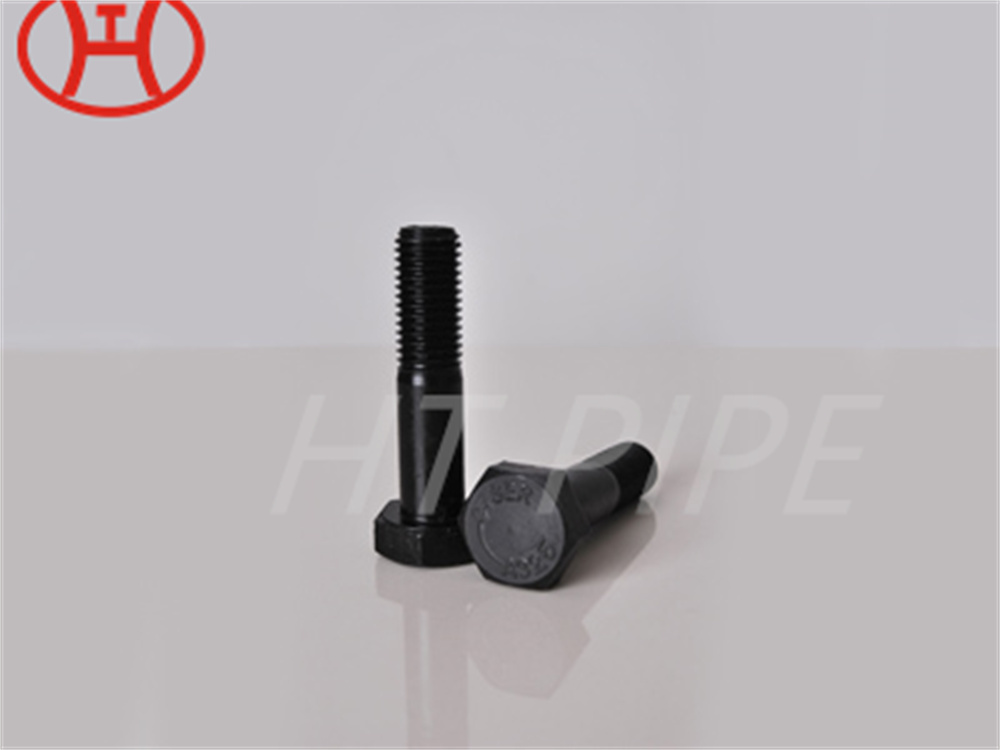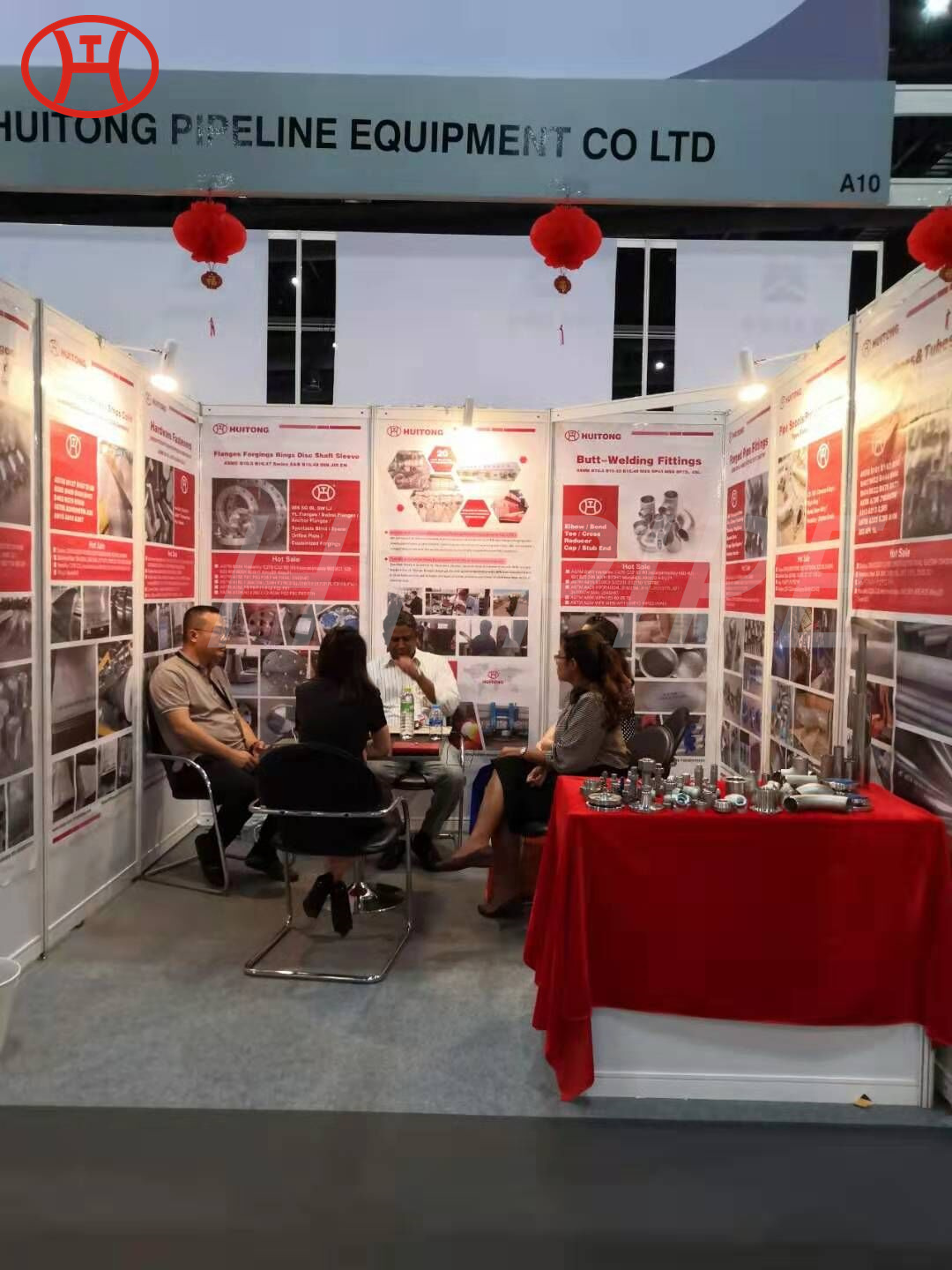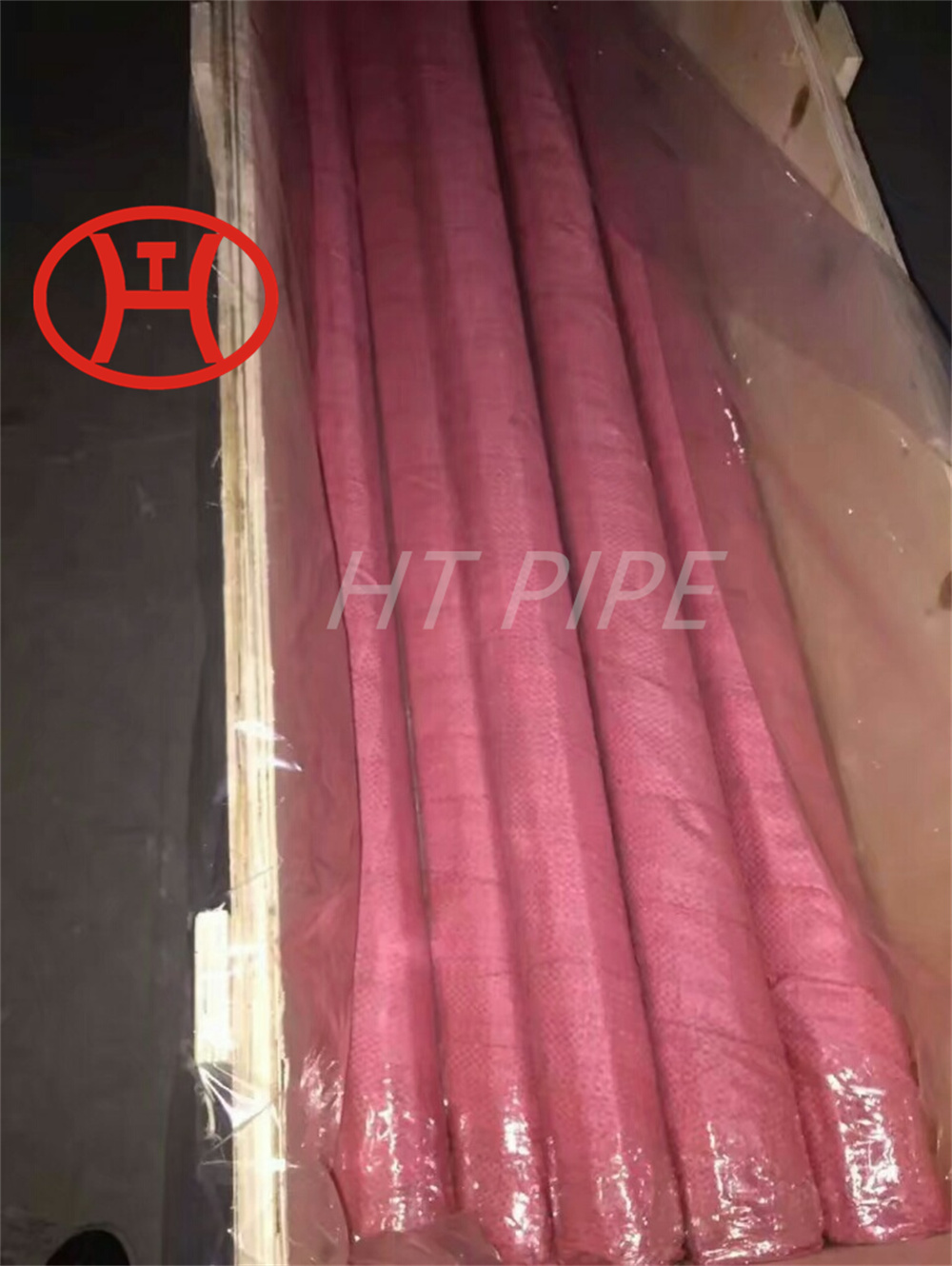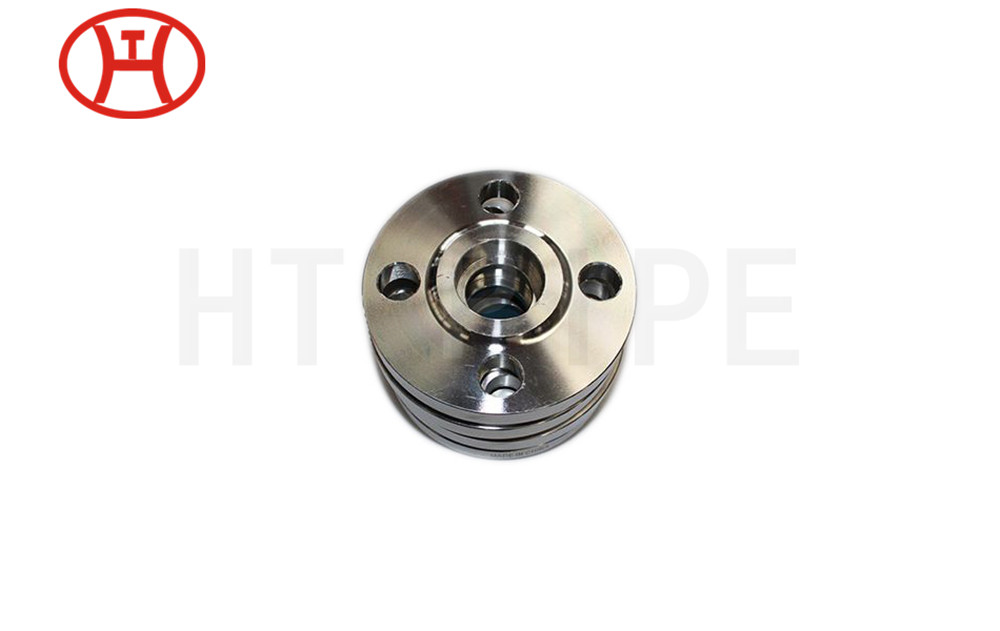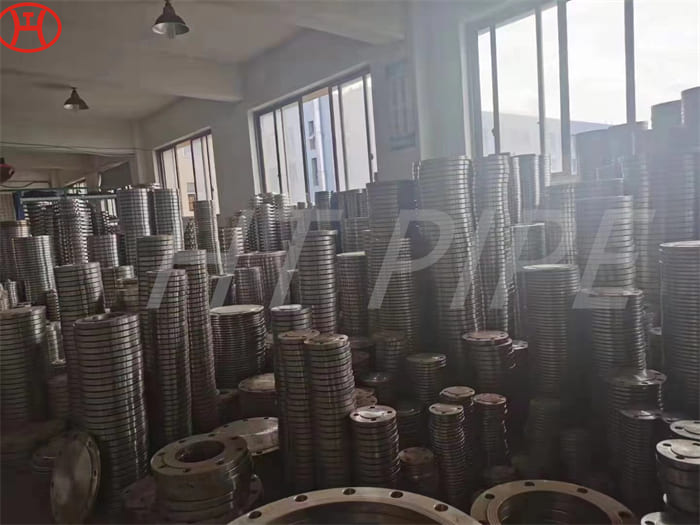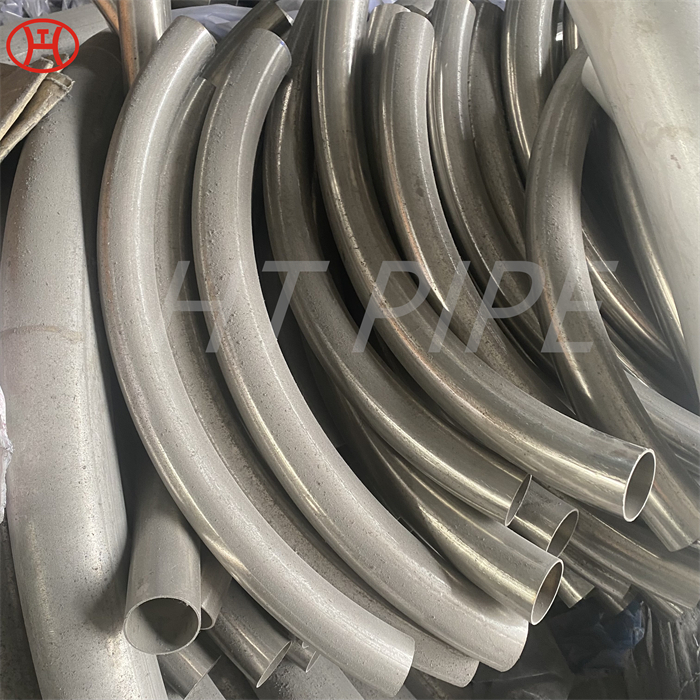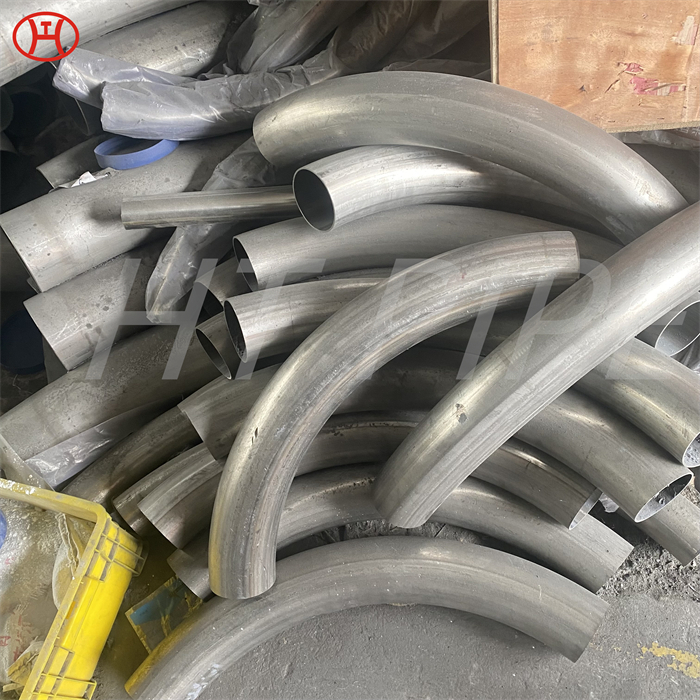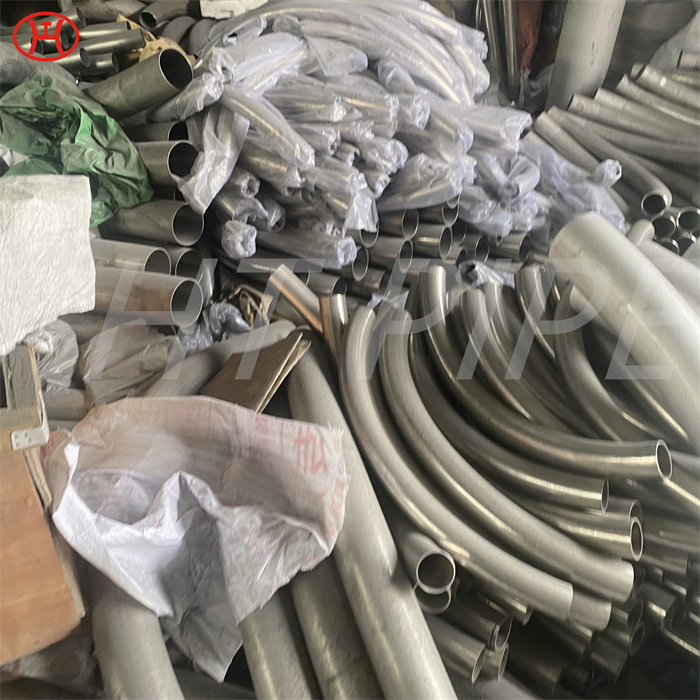Nickel Alloy Socket Weld Flanges ANSI B16.5 Alloy B2 Orifice Flange
There are different types such as the Hastelloy B2 Slip On Flanges , socket weld flanges, and welded neck flanges. These have 790MPa minimum tensile strength, 355MPa minimum yield strength and 40% elongation rate.
Hastelloy Threaded Flanges are used for special application where the flanges can be assembled to the piping system by without welding. We specialise in all forms of threaded flanges and can supply it in multiple size range. A flanges joint is a connection of pipes, where the connecting pieces have flanges by which the parts are bolted together. The principle of a flanges is to apply a mechanical force by using bolts to preload the gasket until contact stress between flanges and gasket is sufficient to maintain a seal. We also supply Hastelloy B2 Blind Flanges, Hastelloy B2 Orifice Flanges, Hastelloy B2 Socket weld Flanges, Hastelloy B2 Threaded Flanges, Hastelloy B2 Long weld neck Flanges, Hastelloy B2 High Hub Flanges, Hastelloy B2 Expander Flanges and Hastelloy B2 Spades & Ring Flanges.









































































































